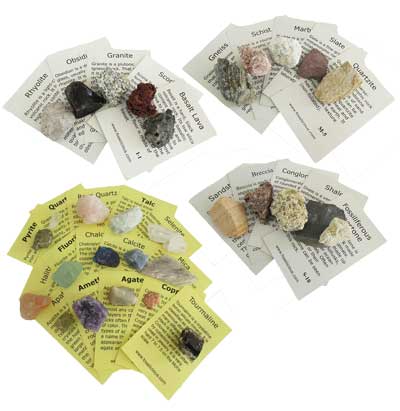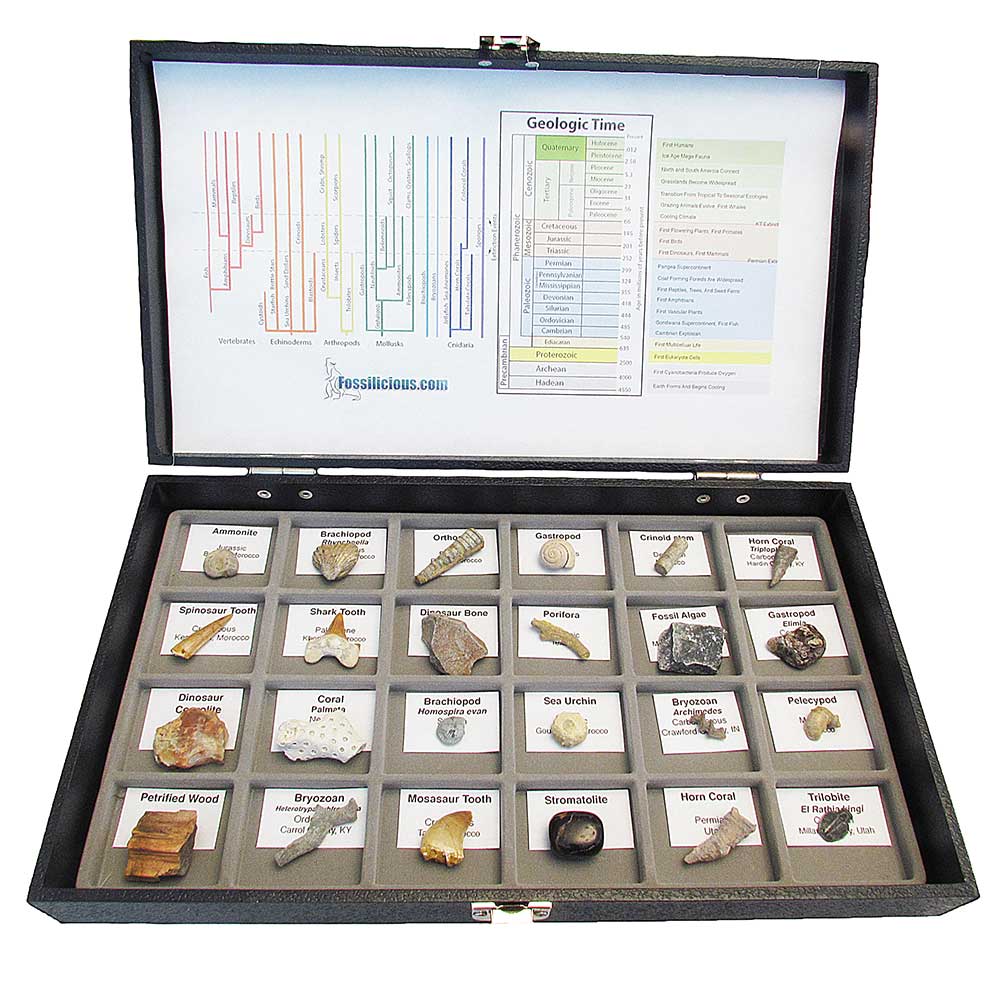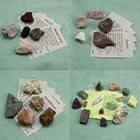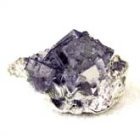Sign up for Lesson Plans, discounts & more!
Plate Tectonics And Evolution:
Does Plate Tectonics Play a Role in The Evolution of Life?
Plate tectonics and the evolution of life: Are these ideas related and if so how?
The theory of evolution by way of natural selection (courtesy of Charles Darwin, circa 1859), pre-dates the comparatively recent theory of plate tectonics.
Although the principles of natural selection and biological evolution were well established near a century prior to the introduction of plate tectonics, the interplay between the two and how that has shaped organic evolution has recently been a topic of hot debate and investigation.
Modern geological research suggests that the frequent collision of tectonic plates over the course of the last 700 million years has been a primary catalyst driving the course of evolution on earth.
Does Plate Tectonics Play a Role in Organic Evolution?
Our Basis of Understanding
Earth is a complex planet, comprised of a multitude of biological, ecological and geological systems, all playing a key role in life as we know it. The interrelationships between these systems has been a topic of great interest and worthwhile exploration.
Our understanding of biology is largely based on the Theory of Natural Selection and Evolution. Similarly, our understanding of Earth’s surface is largely based on the theory of plate tectonics.
These two theories form the foundation of our understanding, and the framework upon which we can begin to explore how the two may be more connected than previously thought.
Understanding the Essentials of Life
We begin this journey by looking at trace elements obtained from seafloor mudstone around the world. Research conducted by the University of Tasmania analyzed over 4,000+ pyrite grains from such samples, evaluating how concentrations of trace elements in these samples changes over the course of hundreds of millions of years.
These trace elements included:
Cobalt
Selenium
Phosphorus
Zinc; and copper
*All of the trace elements necessary to sustain life.
What Did We Learn?
Data from the above samples revealed that trace elements in oceans fluctuated from highly enriched to scare during certain periods of time in the Earth’s history.
When nutrient-rich, these periods contributed to substantial plankton growth, and a demonstrated correlation to periods where evolutionary change was on the rise.
Example: Cambrian Explosion (540 million years ago). During this period the Earth experienced the introduction of major groups of animals (phyla), interestingly, at a time when trace elements and nutrient levels peaked in the oceans.
Alternatively, periods where nutrients were less abundant correlate with times when diversification and evolutionary change were on slow, possibly even contributing to mass extinction events. Such periods of time include: Triassic, Devonian and Ordovician periods.
Although this is a topic of debate among the scientific community, depletion of oceanic trace elements is currently considered a plausible factor contributing to mass extinction events and further research is underway.
The Role of Plate Tectonics in Nutrient Cycles
Where do trace elements and nutrients come from in the oceans? Nutrients come from the erosion and weathering of continental rock, breaking down minerals and releasing trace element nutrients that are necessary for sustaining life.
The shifting of tectonic plates is partly responsible for continental erosion rates, resulting in an increase in nutrient density in oceans. When plates collide, mountains are pushed in an upward trajectory, resulting in erosion below. However, continued erosion results in depletion of surface nutrients, resulting in the opposite, a decrease in oceanic nutrients, a potential cause of extinction events.
Although the link between tectonic plate shifting and nutrient increases in oceans as a driver of evolution is yet to be proven, it offers incredible insight into the potential relationship between two highly respected theories (evolution and plate tectonics). And while the correlation between these two is readily evident as a potentiator for diversification and evolution of early lifeforms and oceanic organisms, it is less clear how this may (or may not) have played a role with the evolution of advanced land animals.
Plate Tectonics And Evolution: a cycle of life
The more science delves into this topic, the more evident it becomes that plate tectonics is a necessary process needed to sustain life. Without it, essential trace minerals and nutrients found between the mantle and crust would be captured within rock formations and unable to become recycled into ecosystems.
The release of nitrogen, phosphorus, carbon and oxygen from these rock formations, as a result of plate tectonics, acts as the Earth’s own recycling system, putting theses key elements back into ‘circulation’ and making them readily available in oceanic environments.
Current research points to the fortuitously timed continental plate collisions as a time when key nutrients and nutrient density may have pushed biological evolution and shaped the course of the world as we know it today.
One can’t help but wonder if these events, such as the famed Cambrian explosion some 500 million years ago, made it possible for the ancestors of today’s modern advanced life forms to thrive, evolve and set the course of biological history.

INTERESTED IN MORE? IF SO, YOU MAY WANT TO CHECK OUT OUR OTHER SITES:
fossilicious.com - Our online fossil and mineral rock shop.
fossils-facts-and-finds.com - An educational site about fossils.











